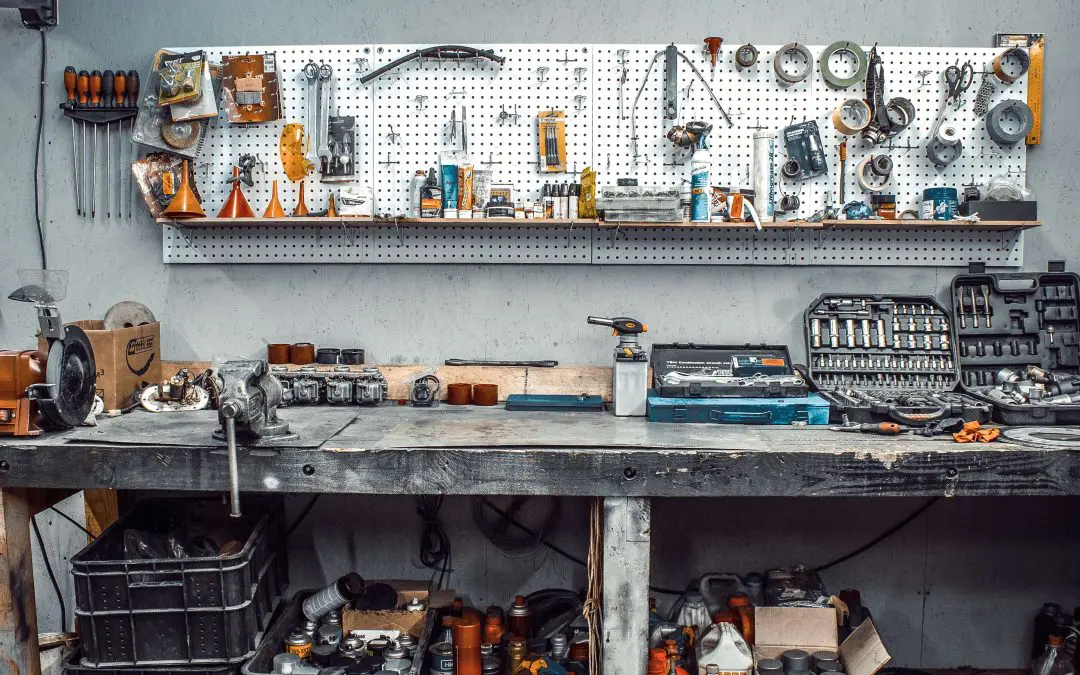A home workshop is a fantastic investment, a place where ideas come to life and projects take shape. But where to start? Building a home workshop doesn’t require a huge budget or years of experience. We’ll break down the essentials step by step.
Choosing the Right Space
First things first, the location. The garage is a classic choice, offering plenty of space and a sturdy foundation. A spare room, a basement corner, or a shed also works well. The key is to assess your needs. How much space do you realistically require? Consider the size of your projects, the tools you’ll be using, and the need for storage. Ventilation is crucial, especially if you’re going to use power tools or finishing materials. Natural light is a bonus, but good artificial lighting is non-negotiable. Make sure you have adequate electrical outlets and upgrade your wiring if necessary.
Essential Tools and Equipment
Now, the fun part: tools! Start with the basics. A sturdy workbench is the heart of any workshop. Consider a design with built-in storage or the flexibility to add drawers and shelves later. A good set of hand tools is essential: hammers, screwdrivers, wrenches, pliers, and measuring tools. Invest in quality tools that will last longer and perform better. For power tools, prioritize safety. A circular saw, a drill/driver, and a sander are versatile starting points. As your skills grow, you can expand your collection. Don’t forget safety gear: safety glasses, hearing protection, and a dust mask are non-negotiable. A well-stocked first-aid kit is also a must-have.
Organizing Your Workshop
A cluttered workshop is frustrating to work in. Organization is key to efficiency and safety. Utilize wall space with pegboards, shelves, and tool racks. Bins and drawers are perfect for storing smaller items. Create dedicated areas for each activity, such as woodworking, metalworking, or electronics. Label everything clearly. A clean and organized workshop looks better and makes it easier to find what you need while reducing the risk of accidents.
Lighting and Electrical Considerations When Building A Home Workshop
Adequate lighting is crucial for precision work. Overhead lighting should provide general illumination, while task lighting should focus on your work area. Use LED lights for energy efficiency and brightness. Confirm that you have enough electrical outlets to power your tools without overloading circuits. If you plan on using heavy-duty tools, install dedicated circuits. A well-lit and properly wired workshop will make your projects more enjoyable and safer.
Building A Home Workshop: Ventilation and Dust Control
Dust and fumes can be hazardous, so proper ventilation is essential. Open windows and doors whenever possible. Install a dust collection system or use a shop vacuum with a HEPA filter. An air purifier will also help improve air quality. For projects involving solvents or finishes, ensure you have adequate ventilation and wear appropriate respiratory protection. A well-ventilated workshop is a healthy workshop.
Making it Your Own
Personalize your workshop to make it your own. Display your favorite tools, artwork, or project photos. Add a sound system for background music. A comfortable chair or stool will make long projects more enjoyable. Your workshop is your creative space, so make it a place you enjoy spending time in.
Creating a home workshop is a rewarding experience. It’s a place where you’ll unleash your creativity, build your skills, and confidently tackle projects. With careful planning and effort, you can transform any space into your dream workshop.
FAQs About Building A Home Workshop
How much does it cost to build a home workshop?
The cost varies depending on the size of your space, the tools you choose, and the level of customization. For a few hundred dollars, you can start with a basic setup and gradually expand your collection.
What are the essential tools for a beginner?
A workbench, a hammer, screwdrivers, wrenches, pliers, measuring tools, a circular saw, a drill/driver, and a sander are good starting points.
How can I maximize space in a small workshop?
Utilize wall space with pegboards and shelves. Use rolling tool carts for mobility. Consider a folding workbench to save space when not in use.
What are the safety precautions I should take in my workshop?
Always wear safety glasses, hearing protection, and a dust mask. Keep your workspace clean and organized. Use the right tool for the job. Disconnect power tools before making adjustments.
TUFF Home Inspections provides home inspection services to New Jersey. Contact us to schedule your appointment.

